Rust Family Foundation Archaeology Grants Help Support Cotsen Institute Research
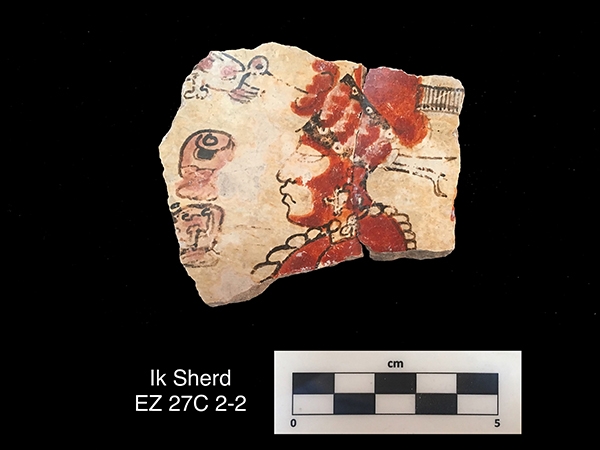 One of the most frequently asked questions by members of the Cotsen Institute is where to get funding. Support for the work of faculty and students comes in many forms. One of the most important and critical of these is the generosity of individuals and programs who help provide that sought-after funding for the projects that are the lifeblood of our research. The Rust Family Foundation is such a pillar of support through its Archaeology Grants Program, which, since its inception in 2015, has made awards to several members of the Cotsen Institute, including graduate students, postdoctoral fellows, and faculty.
One of the most frequently asked questions by members of the Cotsen Institute is where to get funding. Support for the work of faculty and students comes in many forms. One of the most important and critical of these is the generosity of individuals and programs who help provide that sought-after funding for the projects that are the lifeblood of our research. The Rust Family Foundation is such a pillar of support through its Archaeology Grants Program, which, since its inception in 2015, has made awards to several members of the Cotsen Institute, including graduate students, postdoctoral fellows, and faculty.
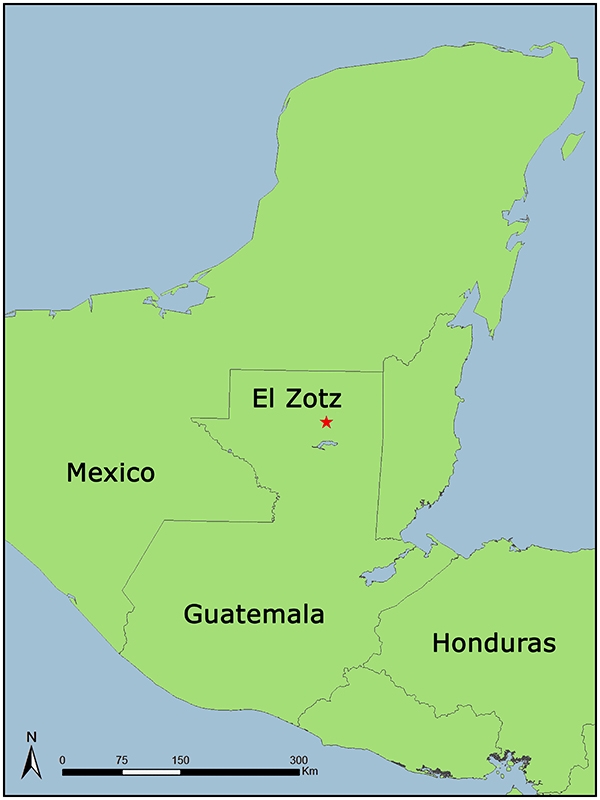 Anna Bishop, a current PhD candidate at the Cotsen Institute, received two of these grants, one in 2018 and another in 2019. “The Rust Foundation basically funded my dissertation research,” she explained. For her excavations at El Zotz, an ancient Maya site in Guatemala, “they provided me with the funds to be able to carry out excavations.” The money covered expenses for food and local laborers who actually did the real physical work. “I usually hired about six to eight workers, and that gives them a significant salary for the month that they are employed,” she noted. Housing was never an issue, as the team stayed in tents.
Anna Bishop, a current PhD candidate at the Cotsen Institute, received two of these grants, one in 2018 and another in 2019. “The Rust Foundation basically funded my dissertation research,” she explained. For her excavations at El Zotz, an ancient Maya site in Guatemala, “they provided me with the funds to be able to carry out excavations.” The money covered expenses for food and local laborers who actually did the real physical work. “I usually hired about six to eight workers, and that gives them a significant salary for the month that they are employed,” she noted. Housing was never an issue, as the team stayed in tents.
“I would like to reiterate the good that this grant also does in Guatemala, as it employs the local Peteneros during our field season, and it creates field opportunities for Guatemalan archaeology students to assist on site and obtain credits towards their degrees. As to my own benefit, this on-the-ground experience gave me the chance to learn directly from Guatemalan archaeologists in the field. All of this was made possible by the Rust Family Foundation,” Bishop emphasized. The application process involved many questions, which included a proposed budget. Additional questions and suggestions by the Foundation often arise from the initial application, she noted. “My first year, they wrote back and suggested that I add radiocarbon dating. This ended up being a wonderful suggestion because those radiocarbon dates really helped me in terms of establishing the timeline of the residence that I was excavating.” When she applied the second year, she knew what was expected and did not have to make any adjustments. She found that there was no limit on how many times you can apply, as long as your project is ongoing.

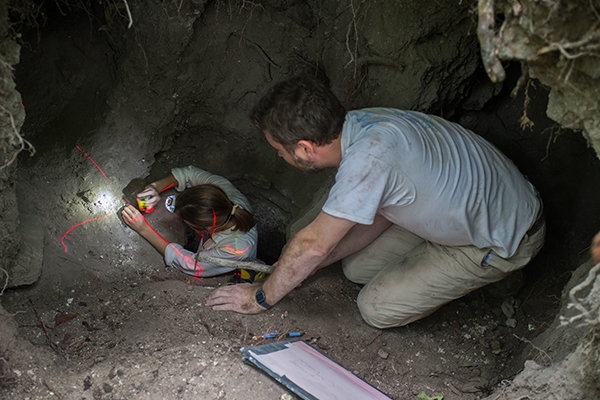
The first year, she explained, “we were trying to collect as much material as possible and identify which structures might be the most fruitful for excavation the following year. We did a lot of test pits. Because of that, we found a very large midden behind one of the mounds, which we excavated the next year.” She currently “has excavated everything that I need to excavate,” and is doing work in the laboratory. She was planning on going back to Guatemala this summer, but that is up in the air because of the Covid-19 pandemic. As for the results of her work using the grants of the Rust Family Foundation, she was required to submit a final report within six months after her funding period ended, so she submitted her 2019 report at the end of March. “Essentially, you provide a summary of how your work went, if there were any significant changes, and what your findings were. And I like to include a lot of photos to illustrate the work.”
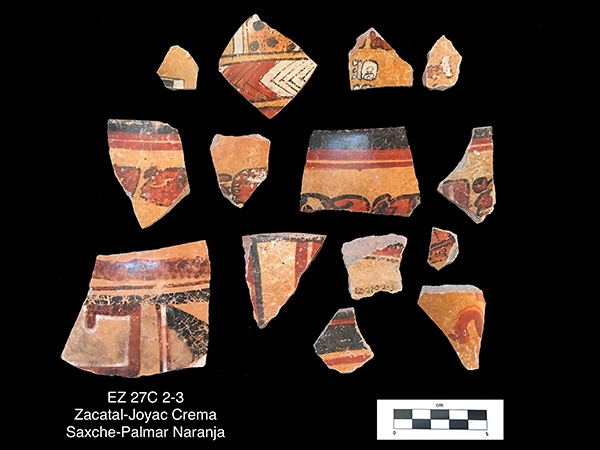 The Rust Family Foundation has supported a number of other Cotsen Institute affiliates including Anneke Janzen and Kristine Olshansky in 2017 for their project in Armenia. They also provided funding for Kathlyn Cooney’s 2017 project “The Organic Chemistry of Ancient Egyptian Coffins.”
The Rust Family Foundation has supported a number of other Cotsen Institute affiliates including Anneke Janzen and Kristine Olshansky in 2017 for their project in Armenia. They also provided funding for Kathlyn Cooney’s 2017 project “The Organic Chemistry of Ancient Egyptian Coffins.”
The Rust Family Foundation was established in 1998, based on a legacy from Margaret Dole Rust specifically intended for charitable purposes. Dozens of projects throughout the world have benefitted from the Archaeology Grants Program, the majority of which are made in the range of $5,000–$6,000, but some go as high as $10,000. The Rust Family Foundation is principally interested in funding the development of primary archaeological evidence that can help address major research questions about cultural development throughout the world. 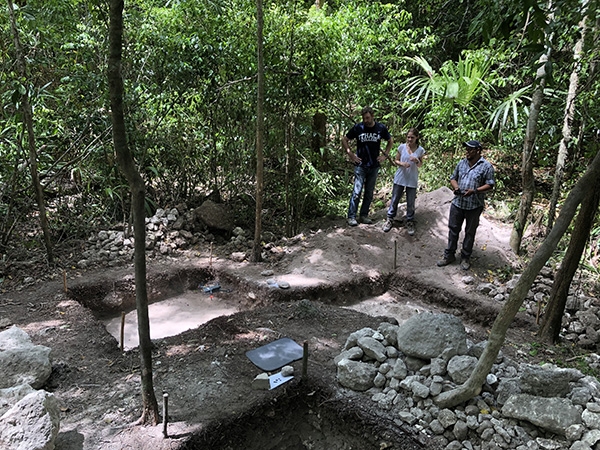 The funds are intended to support small, but worthy, projects that include initial field seasons, specific components of larger projects, post-excavation analysis, processing and publication, as well as conservation and preservation. Proposals for the 2020 granting cycle were reviewed from September 15, 2019 through February 29, 2020, with funding allocated after January 1, 2020. All proposals are reviewed on a first-come, first-served basis, and grants are made until allocated funds for that year have been fully distributed.
The funds are intended to support small, but worthy, projects that include initial field seasons, specific components of larger projects, post-excavation analysis, processing and publication, as well as conservation and preservation. Proposals for the 2020 granting cycle were reviewed from September 15, 2019 through February 29, 2020, with funding allocated after January 1, 2020. All proposals are reviewed on a first-come, first-served basis, and grants are made until allocated funds for that year have been fully distributed.
Information on the Archaeology Grants Program applications may be found at www.rfamfound1.org.
To support Cotsen graduate student research in Archaeology or Conservation of Archaeological and Ethnographic Material, or for more information, please contact Michelle Jacobson at mjacobson@ioa.ucla.edu.
All photographs courtesy of PAEZ (El Zotz Archaeological Project).
- Figure 1. Image of Ik Sherd. Credit Anna Bishop.
- Figure 2. Locator map. Image courtesy of Tom Garrison.
- Figure 3. Photograph of the La Luna Team. Credit Whitney Zanette.
- Figure 4. Photograph of Looters Trenches. Credit Whitney Zanette.
- Figure 5. Image of polychrome sample. Credit Anna Bishop.
- Figure 6. Photograph from drone. Credit Dennis Baldwin.
Published on May 5, 2020.


